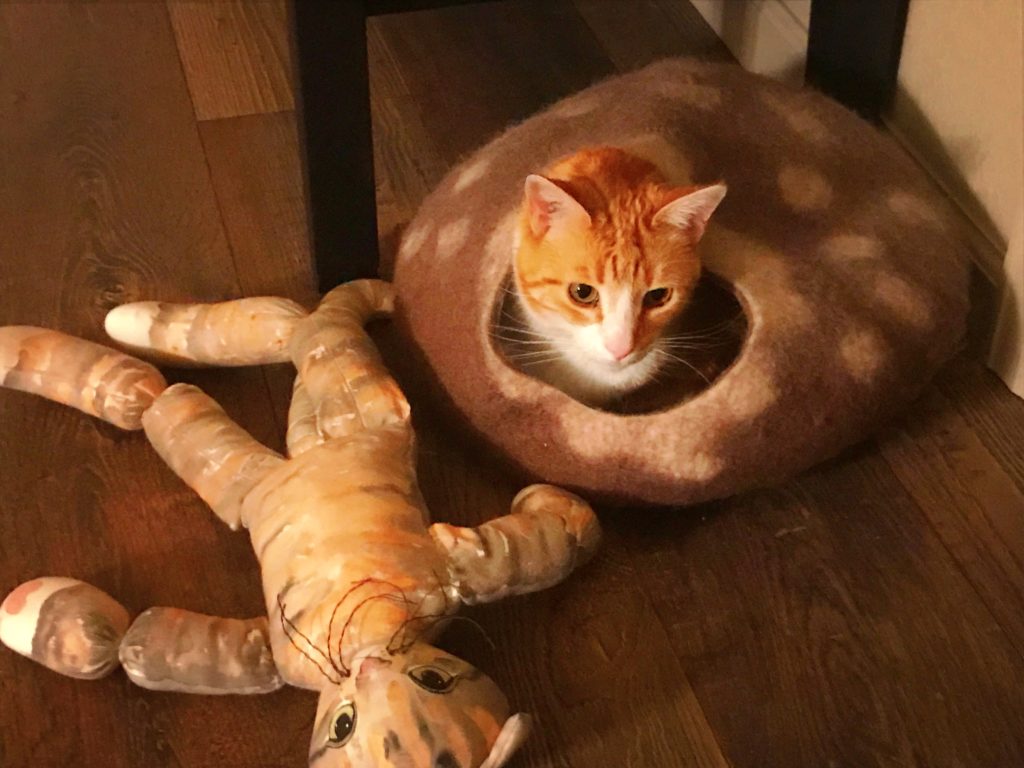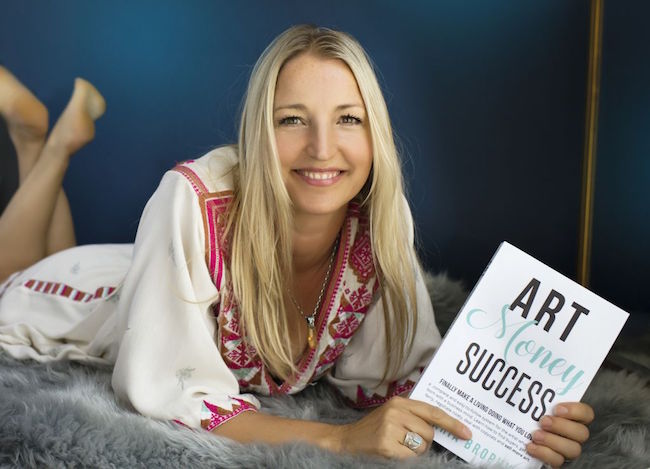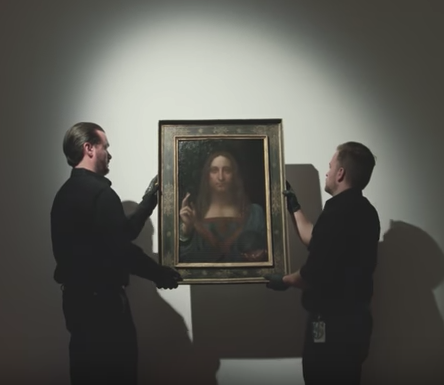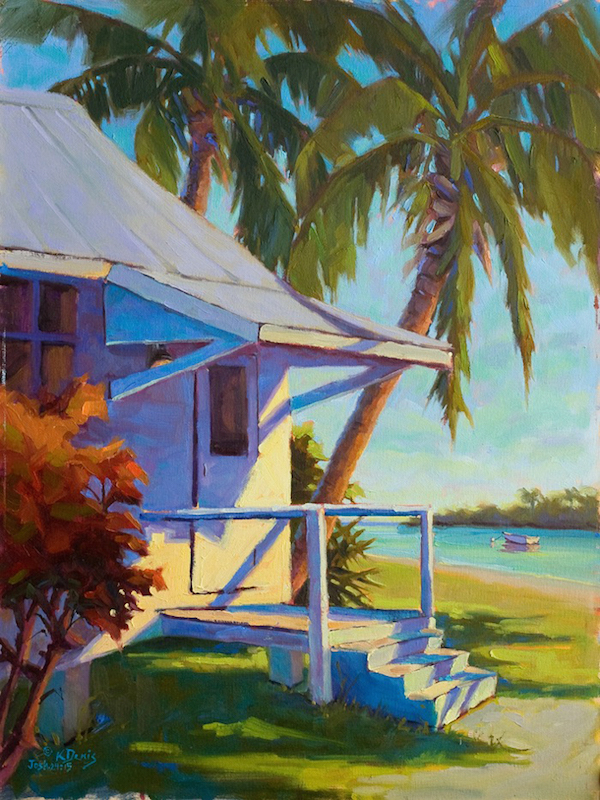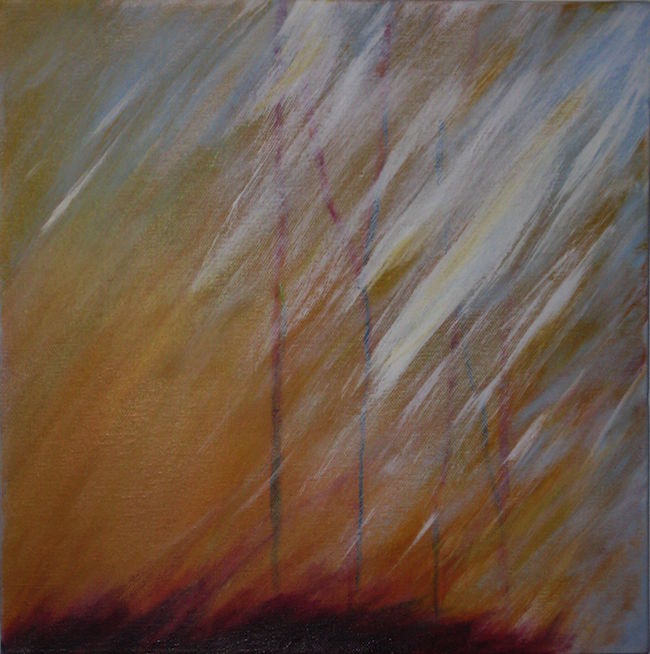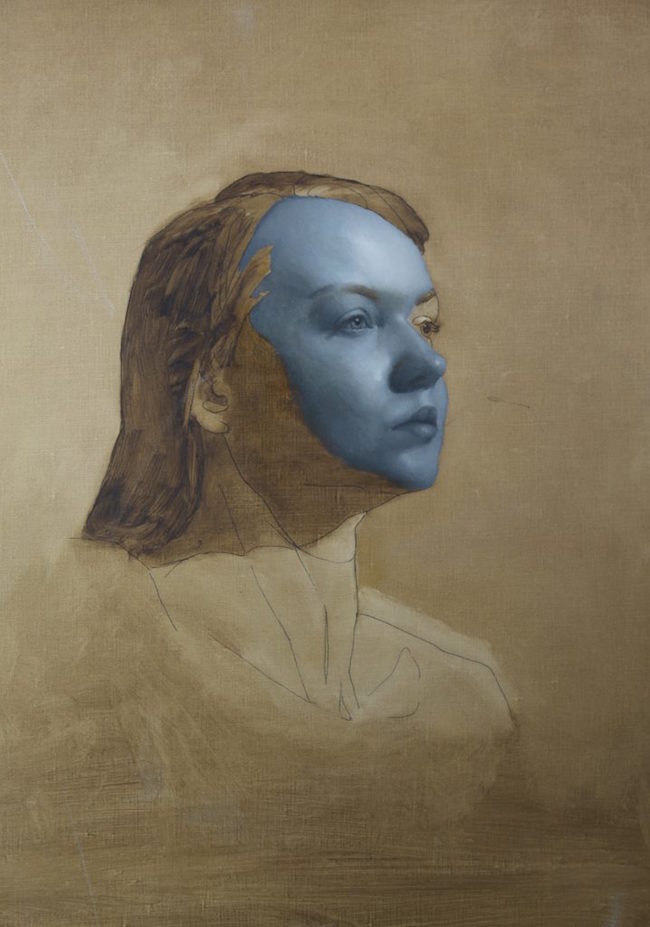My Favorite Things 2017 Edition
You won’t find raindrops on roses or whiskers on kittens on this list, though I’d argue that they are both delightful. Instead, here’s a peek at the things that made me happy over the past year (or longer).
I hope you’ll read and share your own favorite things in a comment.
Food
Bert’s Eggnog
On last year’s favorite things list, I saved the best for last. This year, I won’t make you wait.
This family recipe has made many a doubter into an eggnog convert. I’ve tried others that professed to be THE BEST, but they’ve never come close. I defy you to make a single batch of it.
Nopalito
Luck steered my husband and me into Nopalito restaurant in San Francisco last spring. WOW! If I could live a healthy life on their totopos alone, I’d do it.
But I don’t need to wait to return to San Francisco because their cookbook had recently been released and, ever since, my husband been earning the title Chef. We have had many delicious meals from the Nopalito cookbook.
Rosemary-Mezcal Paloma Cocktail
Some people live on Mai Tais on Maui, but we lived on Palomas. If we have to have them away from that island paradise (twist our arms), we add our spin – inspired by the delicious version at Vesta Dipping Grill in Denver. We make it with smoky Mezcal instead of tequila and add homemade rosemary syrup. Heaven.
Cleansing
In last year’s favorite things post, I mentioned The Plan: Eliminate the Surprising “Healthy” Foods That Are Making You Fat–and Lose Weight Fast (2014)by Lyn-Genet Recitas. This approach to eating the foods that are right for you is right for me. Whenever I feel off-track with regard to eating (often!), I jump on her 3-day cleanse and lose a few extra pounds while gaining energy.
Reads
Both of these books were gifts from my wise coaches.
The Book of Joy
You can’t go wrong when the two main characters are
My Favorite Things 2017 Edition Read

